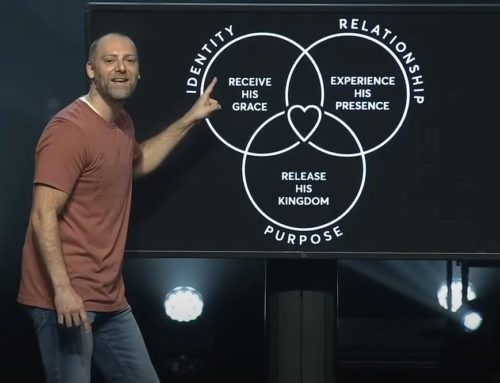Just the other day, I was wondering how I go from “something happening” to “getting mad”, at warp speed. Do you ever feel this way? Made me want to explore this lightening speed emotional roller coaster so maybe I could prevent saying or doing things that I regret later.
So, I went to my immediate expert – Mike Dawson to talk about how this happens in our human brains and how, perhaps, understanding the process might help keep my foot out of my mouth…
Mike explained the way the brain process works this way. First you have an event, something that happens, then you think about how you’ll react to the event and this drives an emotion. Then you go from emotion to behavior. Very Interesting. I would have never broken down the split-second reaction I have to being cut off in traffic by some speeding high schooler into so many steps. But I was intrigued so, let’s dive in.
EVENT – THOUGHT – EMOTION – BEHAVIOR PATHWAY
Where the trip to Emotions starts is with an EVENT. Now an event doesn’t mean a Gala or big meeting. It could be as simple as someone ignoring you when you greet them. You know that feeling – You say, “Hello!” and they just look the other way, no eye contact, like you don’t even exist. So you try again, “Hello Steve, how are you?” Maybe they didn’t understand you were talking to them. Nope, they knew and just completely shut you down. Ignored you, left you hanging, snubbed you – whatever you want to call it. There’s no doubt now that it was intentional and so, what now?
Step One: What do you THINK about this event?
If this is the first time you’ve ever had this reaction from this person, it might take a minute or two to decide WHAT you think. I would probably feel shocked at first since most of my friends and family don’t ignore me. Then there might be self-doubt. What did I DO TO DESERVE THIS? Placing the blame on myself, which if you think about it is totally self-centered. I just put myself at the center of this person’s universe. Or I could have the attitude of – what’s his deal; wake up on the wrong side of the bed? There are an infinite number of thoughts any of us might have about this event, however the more often it happens the less time it takes to get from event to emotion. In other words, there’s not so much thinking involved. If this is the 5th or 10th time this same thing has happened, then I’ve pretty much already made up my mind what I “think” about it and the emotion associate just pops right in.
Step Two: The Emotion
So now we’ve got this emotion to deal with. Anger, Annoyed, Anxious (and that’s just the A’s). Now there are 3 paths you can choose to handle an emotion. In general terms they are Healthy, Denial and Destructive.
EVENT
THOUGHT
EMOTION
BEHAVIOR
Step Three: The Behavior
ARE WE IN DENIAL?
This response can be as negative as the destructive response in the long run. What happens when we deny emotions or some might call it stuffing them, basically they just aren’t handled. You have an emotion but just ignore it like you never actually had it. When this happens over and over, there’s a danger that you can become detached from ANY emotion.
Researcher Brene’ Brown states that If you deny hard emotions then you end up denying all emotions.
Denial is not exclusive to the hard or unwanted emotions. An emotionally unavailable person might look like someone that never shows any sadness or happiness. They just always seem to be neutral. This could be a sign of an emotionally unavailable person.
DESTRUCTIVE RESPONSE
Destructive behavior might sound like, making sarcastic remarks to the person who snubbed you. It could even look getting downright angry at them and yelling in their face. Or we might even just give them the cold shoulder response going forward to avoid having these emotions. This is not going to help anybody. If they are lost in their own thoughts or have history that makes them incapable of a healthy response then none of the above is going to help. Destructive responses end up hurting someone and it’s always yourself and many times someone else too.
HEALTHY RESPONSE
To tip the scales in our favor toward a healthy response, it’s always good to think about the event. Go back to Step One. Remember that if the event has happened a number of times then we may have turned off our thinking and flipped on auto-pilot straight to emotion. Once you allow yourself time to think, then healthier responses are coming. In this circumstance, maybe you realize that the other person is hurt by some other trauma or perhaps just doesn’t have the capacity to relate to you at this time. I know it’s hard but allow them the GRACE OF SPACE. If you did cause the issue then be open to talking with them when they are ready. Just because you’re ready to resolve doesn’t mean they are.





